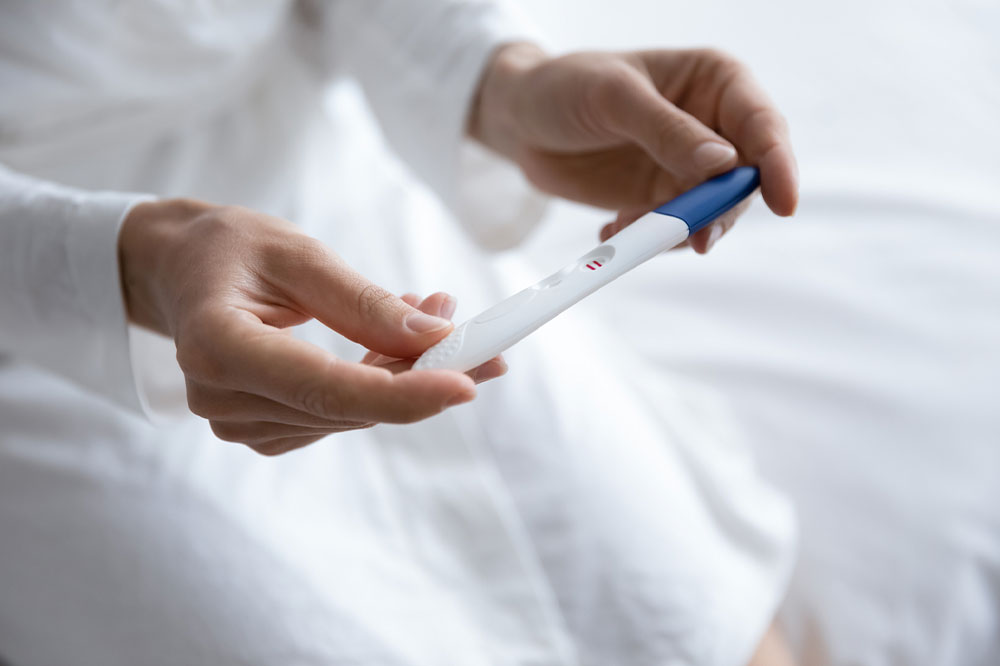5 ways to detect ovulation at home naturally

Tracking and detecting ovulation at home is an excellent way for couples to target the most fertile period of their menstrual cycles without professional intervention. Most people know when they are getting their period, even if they may not be able to recognize it. Common signs include tender breasts, cramps, increased sexual desire, etc. Since this isn’t an exact science, looking at more precise options can help increase the chances of conception.
Five ways to detect ovulation at home are :
Menstruation tracking
Using an app to track your period each month can help predict your next ovulation date and fertile period. Most menstrual tracking apps are free and calculate all your past cycles so that you can have an accurate prediction. Alternatively, you can also use charts with paper and pencil to map out your ovulation cycle.
Basal body temperature
The body’s resting temperature is also known as basal body temperature or BBT. BBT dips slightly right before ovulation. Tracking your BBT every day can help you recognize this dip. To track it, check your temperature every morning and note it on a paper chart or a fertility app. This temperature must be taken before you get out of bed, so keep a basal thermometer within your reach before going to sleep. The changes are often less than one degree, so it is essential to track BBT over some time to know how much change is normal for each person.
Right before ovulation, BBT is slightly lower but rises in the following days, until a few days after the egg is released, the BBT remains slightly elevated.
Ovulation predictor kits
Ovulation predictor kits (OPK) are little sticks, like a pregnancy stick, that detect levels of a particular hormone in your urine. For example, a positive peak test on an OPK signals that the body is about to ovulate and that ovulation occurs 12-36 hours after a positive result.
Cervical mucus
While this may be uncomfortable to talk about in specific scenarios, it is essential to note that your cervical mucus and discharge change throughout the menstrual cycle. During ovulation, this discharge either has an egg-white consistency or is clear and sticky. This discharge generally lasts for two to three days during the fertile period.
Saliva ferning
This unique test involves looking at some saliva under a microscope. When estrogen increases around ovulation, dried saliva makes a ferning pattern when observed under the microscope. During the rest of the cycle, the saliva only appears as bubbles with no discernable patterns. The prominence of ferning results from the increase in the hormone estrogen in the body during ovulation. To try this method, however, a personal ovulation microscope is required. This microscope can be used unlimited times by cleaning off the saliva.
Conclusion
The fertile window generally lasts for one week each month. Using these methods, people can understand when they ovulate at home. Intercourse during the fertile period increases the chances of fertilization. For couples trying to conceive, using these natural methods to detect ovulation may significantly increase their chances.